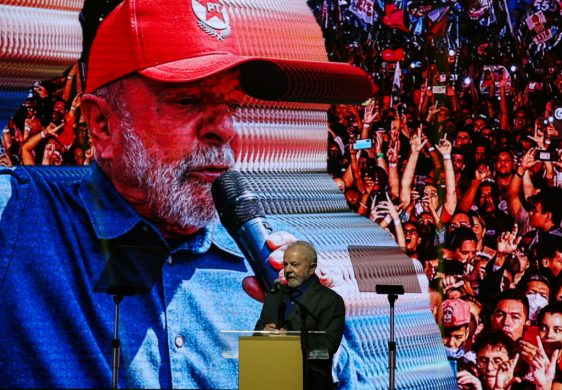By Christopher Lenton , originally published in Americas Quarterly, Americas Society/Council of the Americas
Argentines don’t like it when their neighbors across the Andes get the better of them. But few will deny that when it comes to green energy, Chile has the upper hand.
Over the past three years, Chile has turned itself into the continent’s renewable energy powerhouse, while Argentina’s green promise has remained unfulfilled.
That may soon change. With President Mauricio Macri calling 2017 “Argentina’s year of renewable energy,” South America’s second-largest economy is looking for ways to catch up to its smaller rival, in part by emulating the steps Chile has taken to ensure its renewable power success.
Outpacing any other industry
According to José Ignacio Escobar, the CEO of renewable firm Acciona Energía Chile, green investment in Chile is outpacing investment in any other industry – including mining.
In the latest Climatescope report, an assessment of the competitiveness of renewable energy in emerging markets, Chile earned the top spot in Latin America, and ranked second globally only to China.
They owe the ranking primarily to a concerted effort to encourage competition and investment and develop renewable power at the state level. In the same ranking, Argentina came in 26th.
Despite possessing some of South America’s most promising renewable energy potential, less than 1 percent of total power capacity in Argentina comes from renewable sources.
The energy system on the whole has been in disarray since a severe fiscal and economic crisis in 2001. A freeze in energy prices led to high demand and underinvestment in the electricity system.
Blackouts and gas shortages were, and remain, frequent. Over that time, the country went from being a net energy exporter to a net energy importer, all at an extremely high cost to the state.
20% in 2025
As in Chile, where renewable energy accounts for more than 15 percent of generation, Argentina has set a goal of producing 20 percent of its energy from renewable resources by 2025. A law passed in 2015 stipulates that 8 percent of production should come from renewables by the end of this year.
Those goals may be too ambitious, but the efforts to reach them underscore how renewable development has become an early priority for the Macri administration.
Since the November 2015 presidential election, the government has taken a number of steps to try to fix what it has called an energy “emergency.”
The administration is in the process of cutting out energy subsidies, has launched a thermal power auction to ensure back-up baseload power, has scrapped currency controls and has paid back its hold-out creditors, allowing the country to return to international debt markets.
Encouraging renewable growth is viewed as an important part of that process. The effort began in earnest in 2016 with two renewable power tenders similar to the highly-lauded auctions held in Chile over the past two and a half years.
As in Chile, the auctions guaranteed winners 20-year power purchase agreements (PPAs). This is a key step to securing financing for capital-intensive projects, because it ensures the project will have income over a set period of time.
2,424 Megawatts
As a result of the tenders, a total of 2,424 megawatts (MW) of renewable power projects, valued at a total of $4 billion, were awarded PPAs.
The average winning price for the bids was a remarkably low $57.4 per megawatt-hour. As of February 2017, PPAs had been signed with wholesale power market administrator Cammesa for 1,133 MW worth of energy.
Will all this be enough to lure back more investors? It's not guaranteed, especially given the low prices of the PPAs thus far.
Little came of a previous attempt at such an auction in 2009, under the administration of former President Cristina Fernández de Kirchner.
Though almost 1,000 MW of renewable power was auctioned off at the time, only about 10 percent of the contracted power was ever built, mainly due to country risk and an inability on the part of developers to secure financing for their projects.
But there are several reasons to believe that this time around will be different. For one, Chinese companies, which have access to low-cost capital and are active throughout the renewable supply chain, have been eager participants in the tenders.
Solar and wind prices continue to drop, meaning they are now competitive with traditional energy options. And finally, in addition to regaining access to international financial markets, the government has set up FODER, or the Fondo Fiduciario para el Desarrollo de Energías Renovables, a fund that provides renewable energy developers with access to project financing and PPA payment guarantees, easing some of the factors that limited development in the past.
Importantly, Argentina has the advantage of being able to study Chile’s approach to renewable development.
They’ve seen that it doesn’t have to take very long to develop serious renewable capacity. If Macri’s “year of renewable energy” turns out as planned, Chileans may soon be the ones gazing with envy across the Andes.















